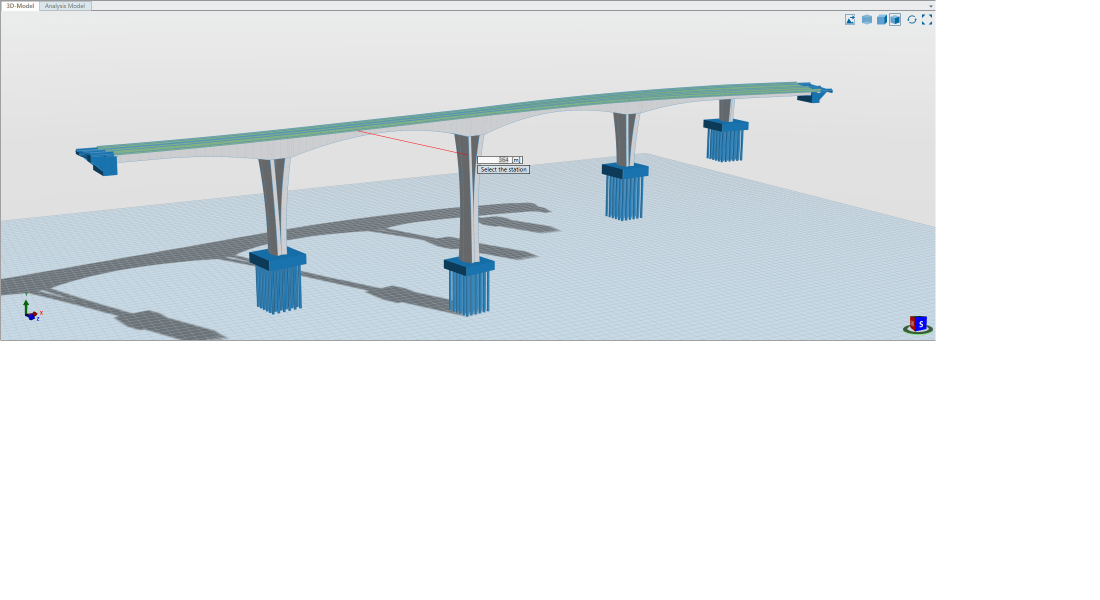

One of the earliest shocking stories that emerged was a teenager who had supposedly been denied care due to lack of insurance. This continues to be true with the pandemic.

This reality impacted working class communities of color the hardest. Well before all this, people were denied health care for fear of going too deeply into debt. The cracks in our health care system that many were already aware of have widened to a shocking degree. An appeal to “normal”-as nice as that sounds-means ignoring the obvious structural defects being revealed to us in real time, especially in the United States. While there may no going back to what had become normal, we can move forward.

To quote the great Leonard Cohen, “there is a crack in everything, that’s how the light gets in.” I argue we need to use that illumination to create a system of sustainability rather than one based on endless growth to nowhere. Whatever changes come out of this pandemic need not be a negative if we proactively address the real cracks being revealed in our system. Here I want to argue that “normal” as we’ve come to experience it will most likely not return. People lived transformed lives in the wake of both events. But the world was pretty radically altered by the events of both the War and the pandemic: “normal” never fully returned. We don’t think of the Spanish Flu as disruptive, as it came at the end of the War, which gets all the public attention. Part of that is a failure to understand how complexity of historical cause and effect. Most narratives of the Great War told to the public ignore or downplay the role of the 1918 flu in reshaping the world. The ones further in the past seem even less impactful, with the Spanish Flu as a prime example. For many white, straight people it was a “non-event” in their communities, something they experienced via the news rather than in their daily lives. But even the more recent public health emergencies seem distant problems to some.ĪIDS for many still remains a “gay problem” rather than an actual, ongoing public health problem that needs a systemic response. Events like the Black Death in the 14 th century, the Spanish Flu pandemic in 1918, the AIDS crisis in the 1980s, and more recent scares such as swine flu, ebola, and zika, all had (or are still having) long lasting impacts-the aftermath was not back to normal, but a world transformed. Those previous pandemics brought out massive disruptions, sometimes for centuries after. It’s a hopeful question, as after all, this is hardly the first devastating disease that humanity has wrestled with historically. Unsurprisingly, many wonder when does “normal” return.

As many of us head into our second month of shelter in place orders (or not in some cases), we are looking to the past for guidance on what comes next.


 0 kommentar(er)
0 kommentar(er)
